Retiree in Training
Practice makes perfect when it comes to retirement.
Are you ready to retire? Are you sure? Think about it before you say, “Yes!”
Most of us really look forward to the idea of well-deserved, unstructured free time. A time to do exactly what we please when we please – spend time with family, pursue hobbies, volunteer, travel. Until we get there. The 2018 Global Retirement Reality Report found that only 53% of Americans said they were happy in retirement. Some retirees underestimate how long it takes to adjust to what may be a radically different lifestyle; others miss their friends from work; still others find themselves with too much free time on their hands between grand adventures and visits with the grandkids.
Like all major life events, transitioning to a retirement lifestyle can be a major adjustment and comes with a few hiccups along the way. One day, you may go from your seat at the top as a powerful executive to a lounge chair in your living room with the TV or Fido for company. The point is, without your career to define you, what will?
Finding the answer takes a lot of preparation – emotionally, physically and financially – and a lot of thought. While the financial component is critical to a sustainable retirement, so is your quality of life. Too few people consider the psychological factors, which include letting go of your career identity, shifting social networks and spending more unscheduled time with your spouse, as well as the need to find new and engaging ways to stay active.
It’s crucial that would-be retirees invest in their social, physical and psychological needs as well as their financial ones. And that takes planning. Here’s what we mean.
All or nothing?
It turns out you don’t have to go all-in on retirement. You can transition into it, while still working. In the years before you plan to retire: Practice. Try out different aspects of your proposed retirement and see if they are as fulfilling as you imagined. If traveling is on your agenda, start with extended trips to areas of interest (when the time is right). Pickleball more your cup of tea? Practice now to ensure it’s as fulfilling as you hope. Doing so, while you still have a job, can help with your eventual satisfaction in retirement. You may find you prefer a sort of hybrid retirement that perfectly blends work and leisure into the ideal mix for you.
You’re looking for fulfilling activities that also fill up your time in meaningful ways. Having an emotional connection, a purpose, to your activities helps motivate you and creates a sense of contentment. So it’s important to really give some thought to what makes you happy. Allow yourself the luxury of introspection and give yourself permission to enjoy your 60s, 70s and beyond using the money you’ve saved specifically for this purpose.
Once you have a good idea of what makes life more meaningful for you, take the time to experiment, explore and reflect on both your leisure and work options (e.g., part-time, consulting, moving to a new industry) to find the right balance of time, money, work and play that will become your retirement lifestyle. This work-and-play approach works best for those near traditional retirement age who are willing and able to work longer in exchange for getting a good read on their retirement readiness.
Consider the work perks
There are several benefits of continuing to work, in any capacity, while you try on retirement for size. The additional income can help you:
- Avoid drawing down your retirement savings, allowing time for potential future growth.
- Start enjoying the retirement lifestyle that will be most fulfilling for you.
- Pay down unnecessary debt or splurge on a large purchase.
- Stretch your retirement savings. Even a part-time salary will reduce the amount you’ll need to withdraw. For example, making $10,000 a year is enough to replace a 4% annual withdrawal from a $250,000 portfolio.
- Delay taking Social Security, until age 70. Each year you wait adds 8% to your monthly benefits.
- Reduce out-of-pocket healthcare costs since you’ll still be covered under employer-subsidized insurance.
To get into the right mindset, first figure out if you really want to retire and what that may look like. Imagine how you’ll spend your days as well as what a typical day would look like. Ask yourself:
- What current activities do I want to continue in retirement?
- What new things do I want to learn or do?
- Who would I like to see more of and how often?
- Where would I like to travel?
- What role does work play in my life?
- What brings me joy?
A change of pace
Of course, everyone’s vision for retirement will be different, and any decisions about this important phase of life should be based on your financial situation and comfort level. If continuing to work while dipping your toe into the retirement waters appeals to you, run the idea past your advisor to determine if the idea is feasible. He or she can help you determine if a more gradual approach could help you adjust emotionally and financially, so you can achieve the ultimate reward: a happy, fulfilling new life.
Sources: T.Rowe Price; Forbes; The New York Times “Thriving at Age 70 and Beyond”; Employee Benefit Research Institute estimates from Health and Retirement Study (HRS), April 2016; U.S. News & World Report, “How to be happier in retirement”; Hartford Funds/MIT’s AgeLab; ssga.com
Investment products are: not deposits, not FDIC/NCUA insured, not insured by any government agency, not bank guaranteed, subject to risk and may lose value. Raymond James financial advisors do not render legal or tax advice. Please consult a qualified professional regarding legal or tax advice.
All expressions of opinion reflect the judgment of Raymond James & Associates, Inc. and are subject to change. There is no assurance any of the trends mentioned will continue or that any of the forecasts mentioned will occur. Economic and market conditions are subject to change. Investing involves risk including the possible loss of capital. The S&P 500 is an unmanaged index of 500 widely held stocks. It is not possible to invest directly in an index. The market performance noted does not include fees and charges which would affect an investor’s returns. Past performance may not be indicative of future results.


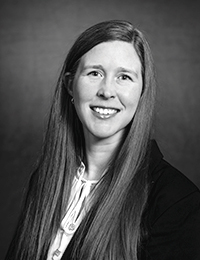 Maggie Slivinski
Maggie Slivinski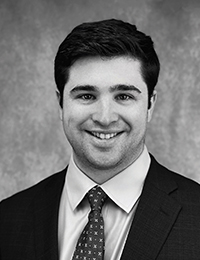 Steve Corbo
Steve Corbo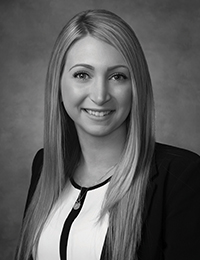 Alexandra Rao
Alexandra Rao Alexa Comey
Alexa Comey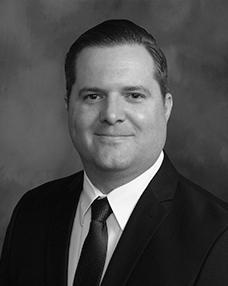 Gene Donato
Gene Donato Jack W. Kennedy III, CFP®, AAMS®
Jack W. Kennedy III, CFP®, AAMS® Henry (Hank) J. Schroeder, CFP®
Henry (Hank) J. Schroeder, CFP® Diane Gallagher
Diane Gallagher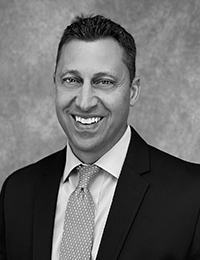 Scott Bernstiel
Scott Bernstiel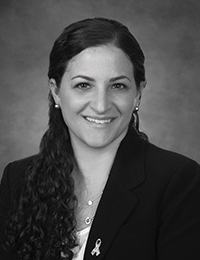 Chrissy Carpenter
Chrissy Carpenter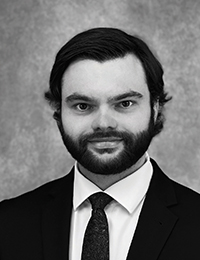 David Strout
David Strout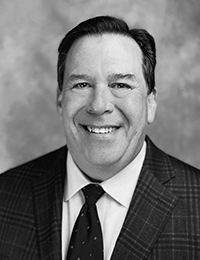 Keith R. Hering AAMS®, CRPS®, CIMA®
Keith R. Hering AAMS®, CRPS®, CIMA® 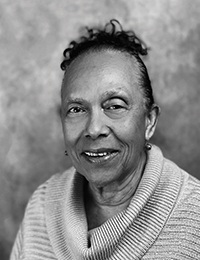 Marjorie Onuwa
Marjorie Onuwa